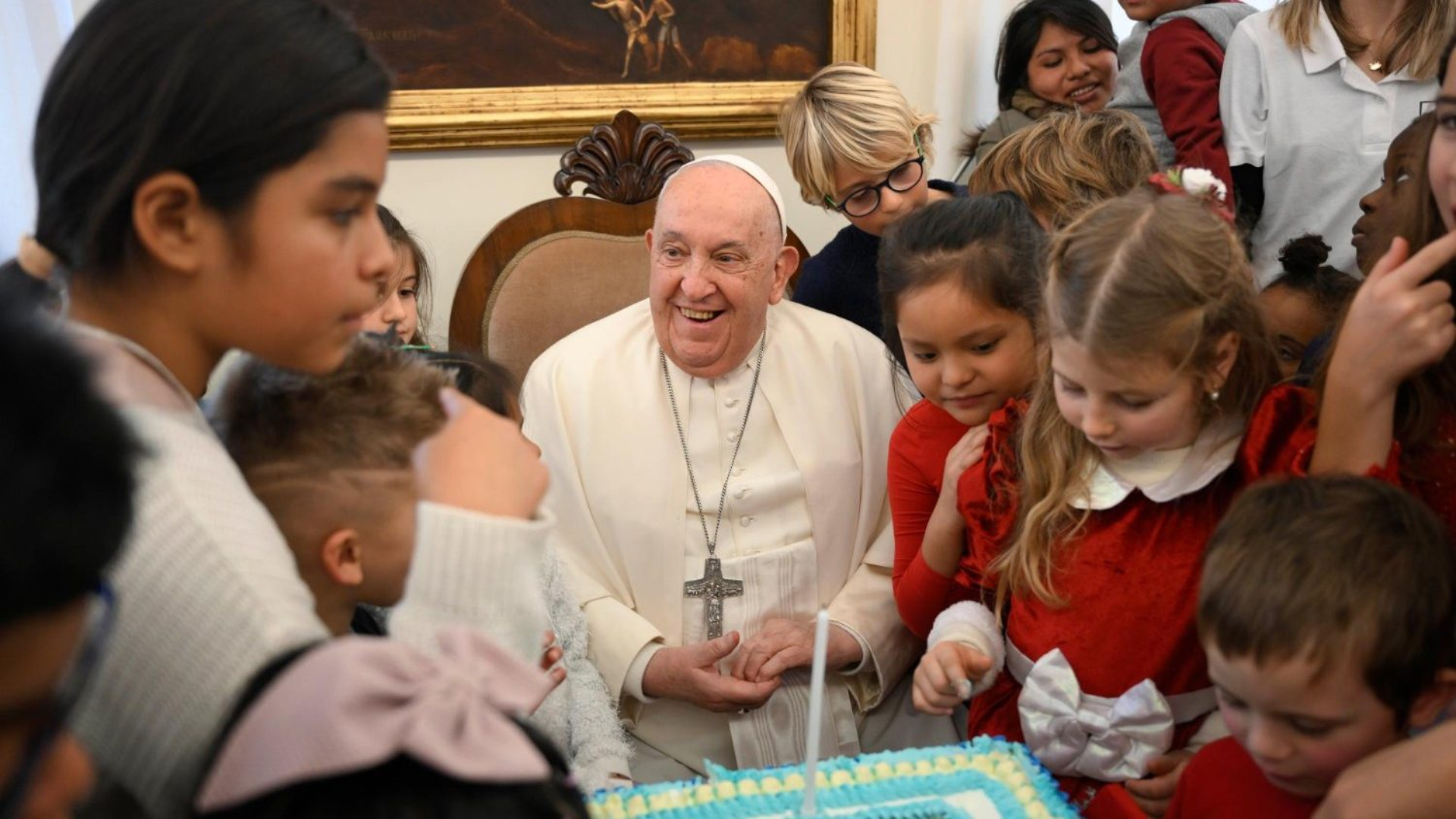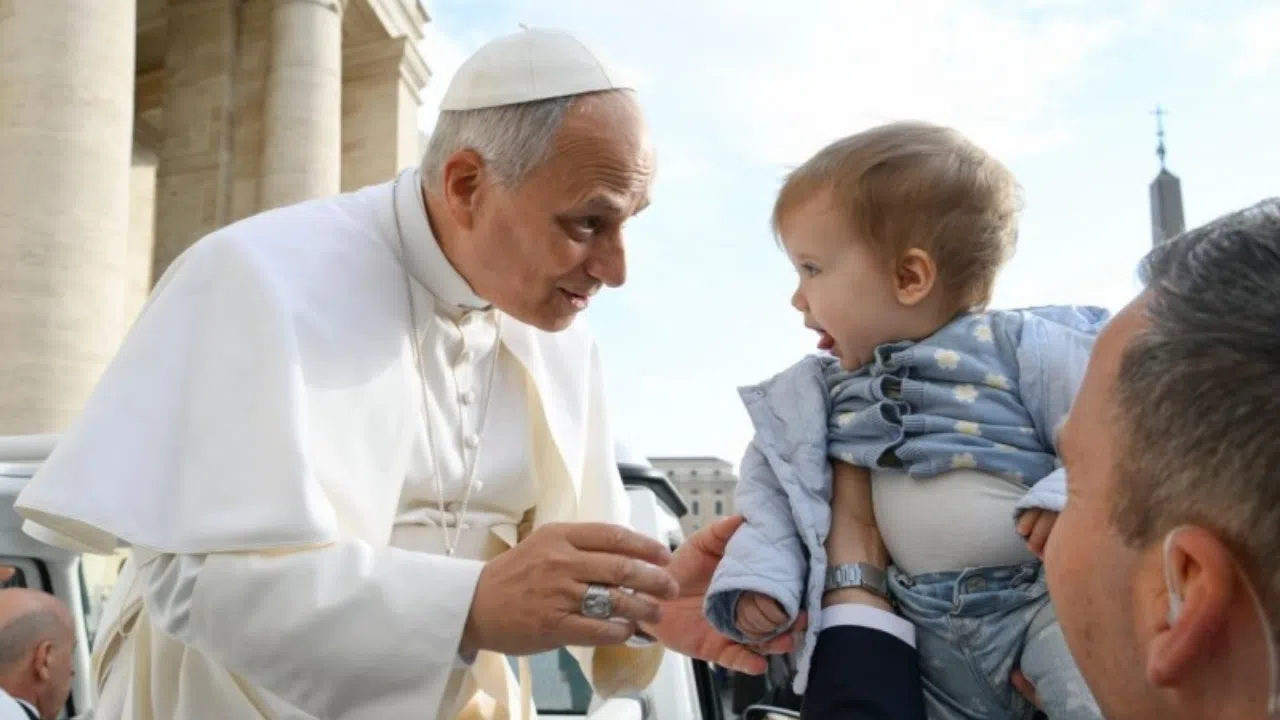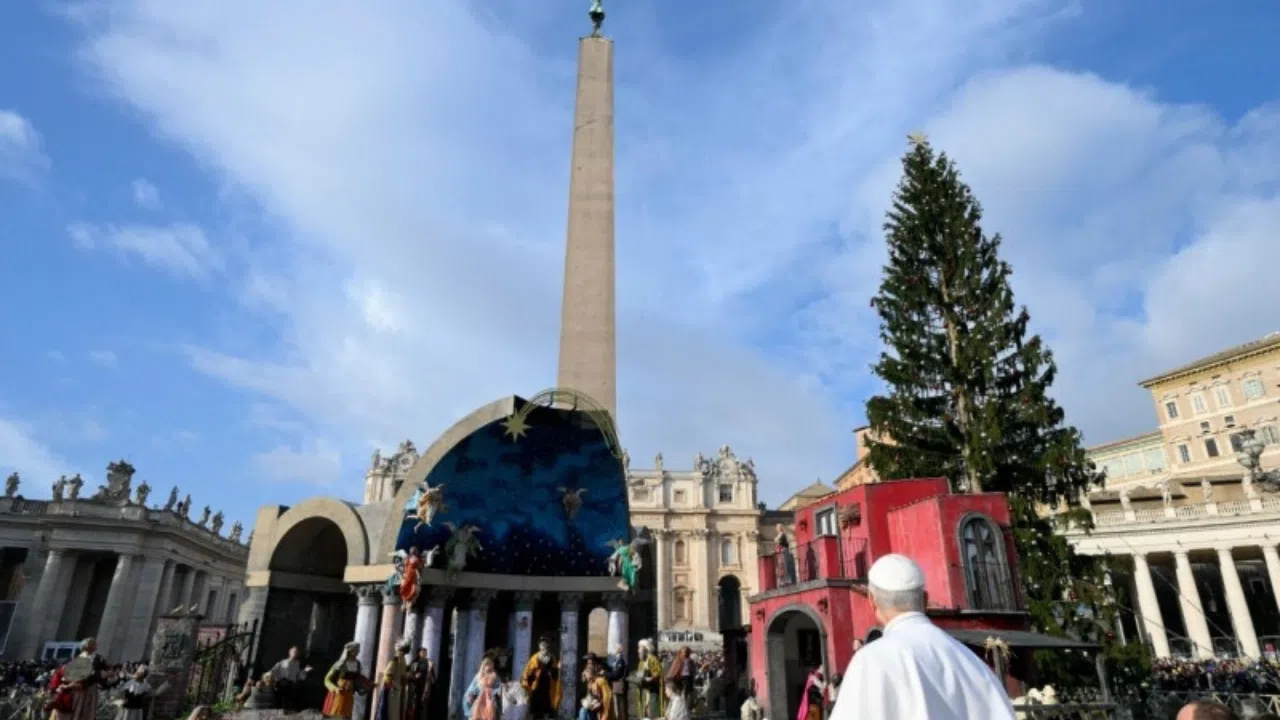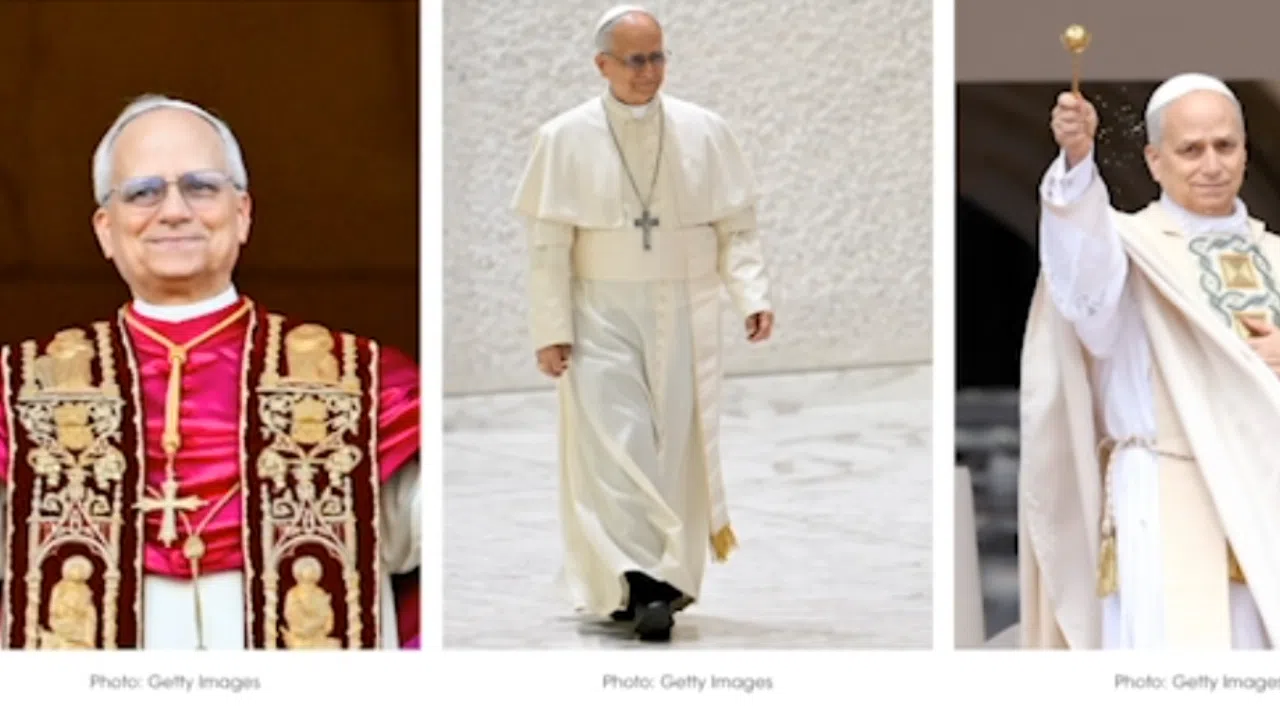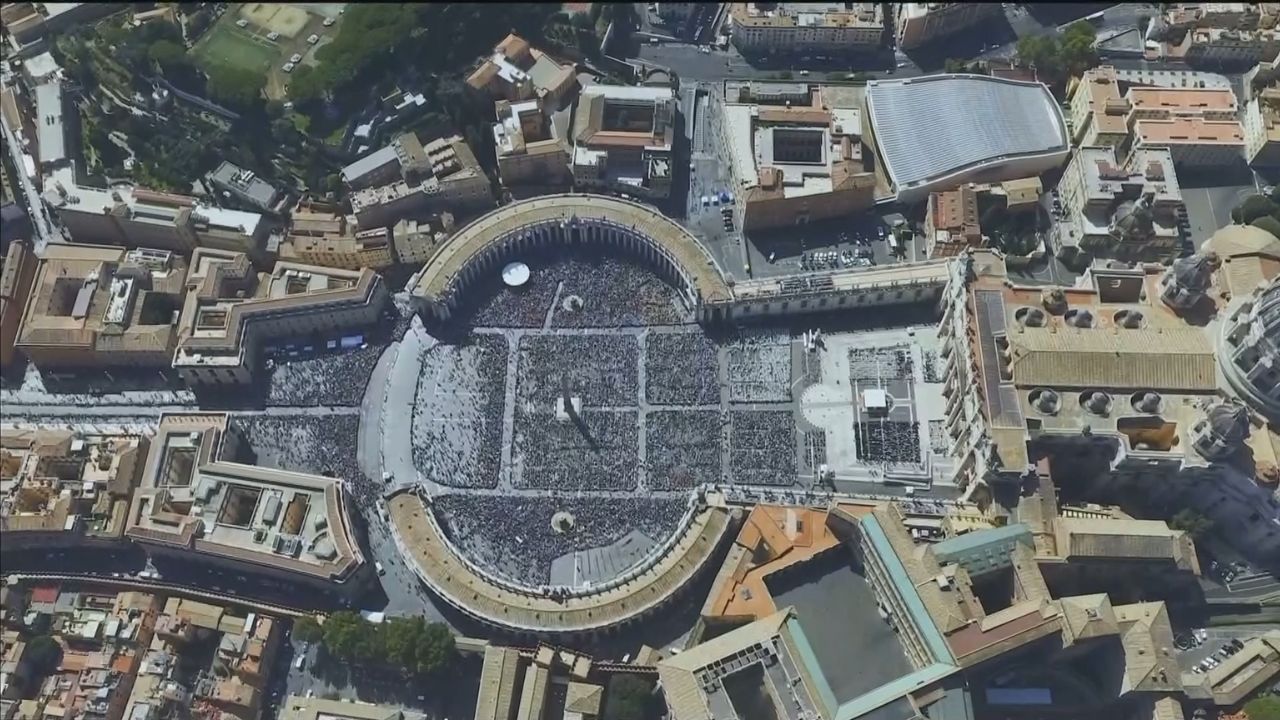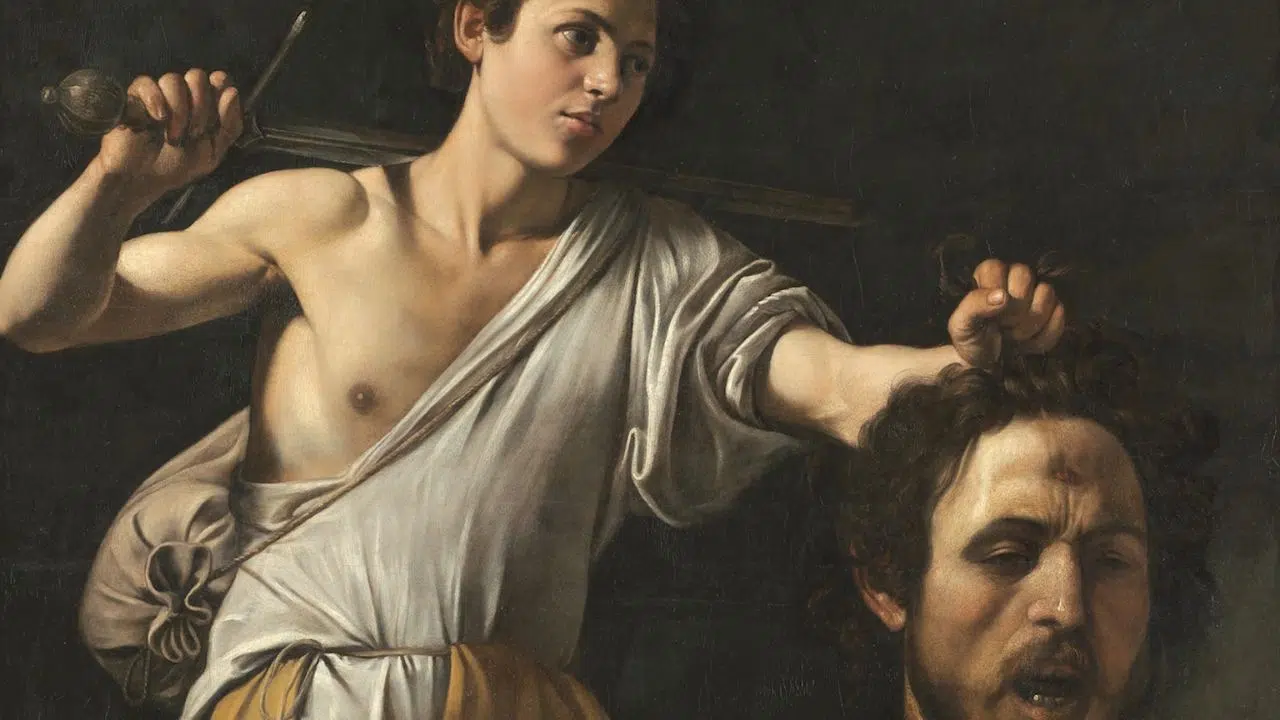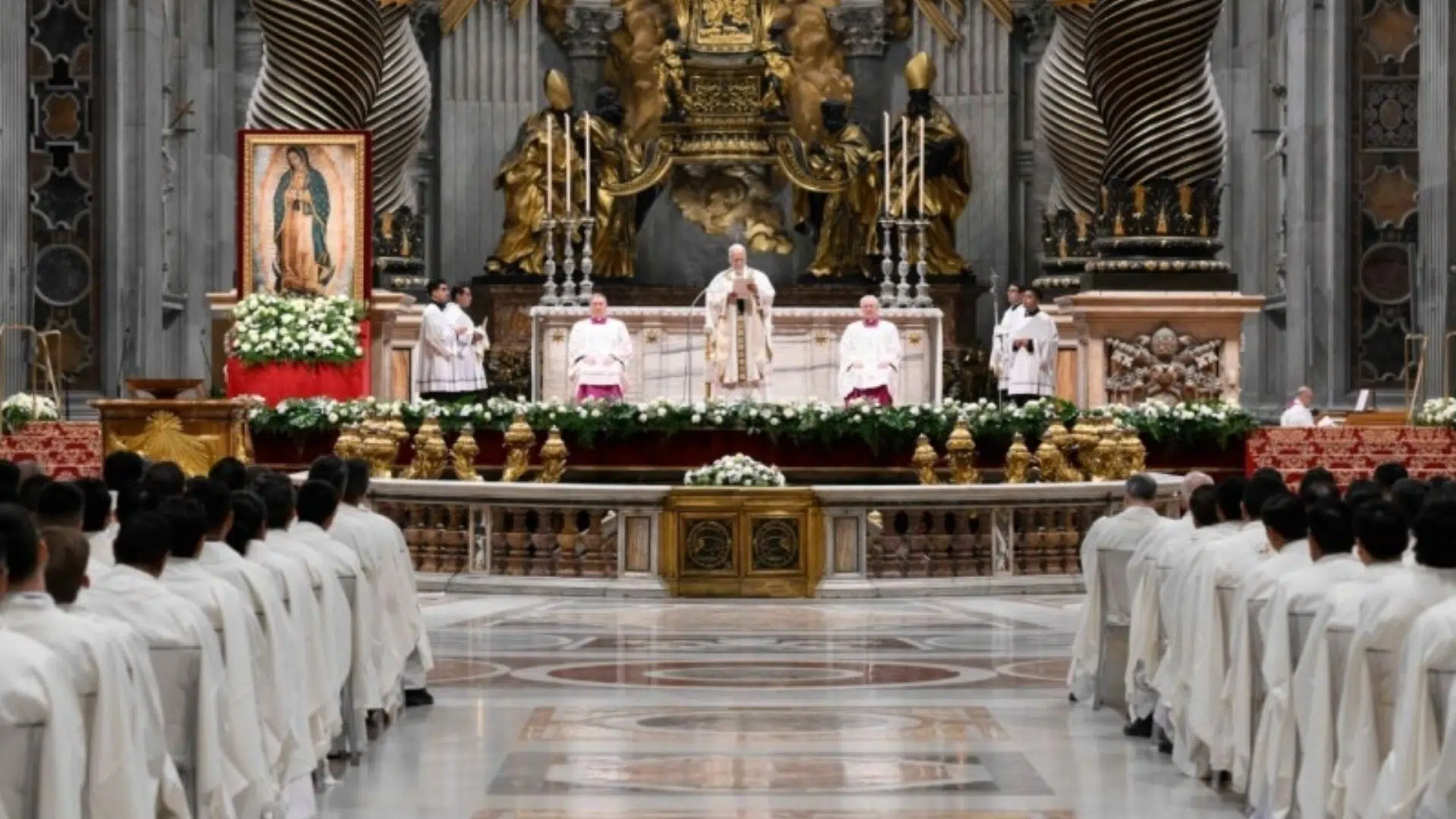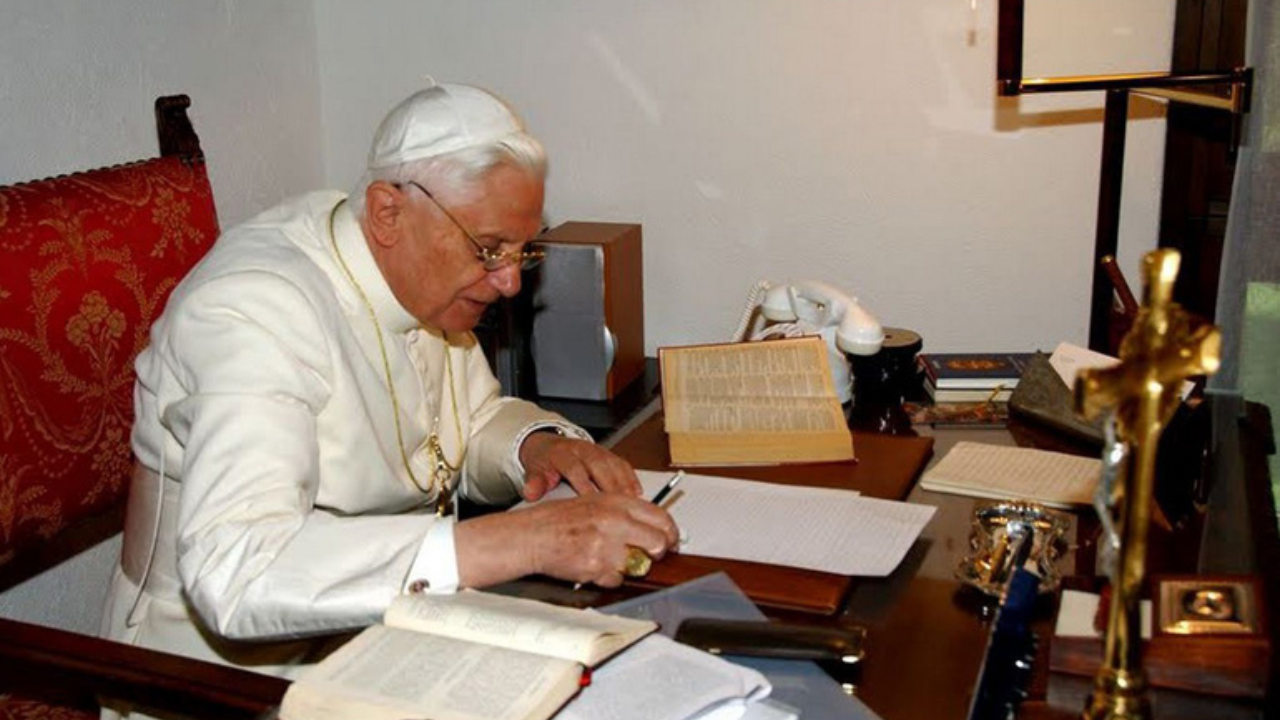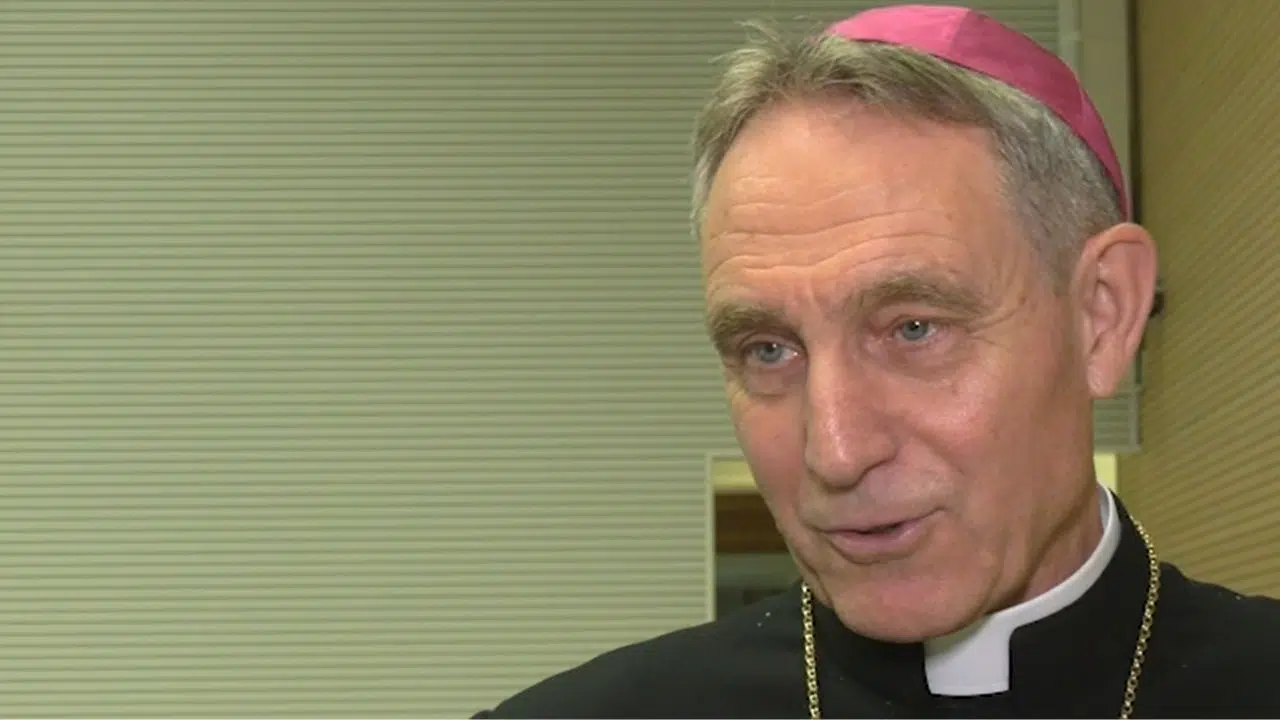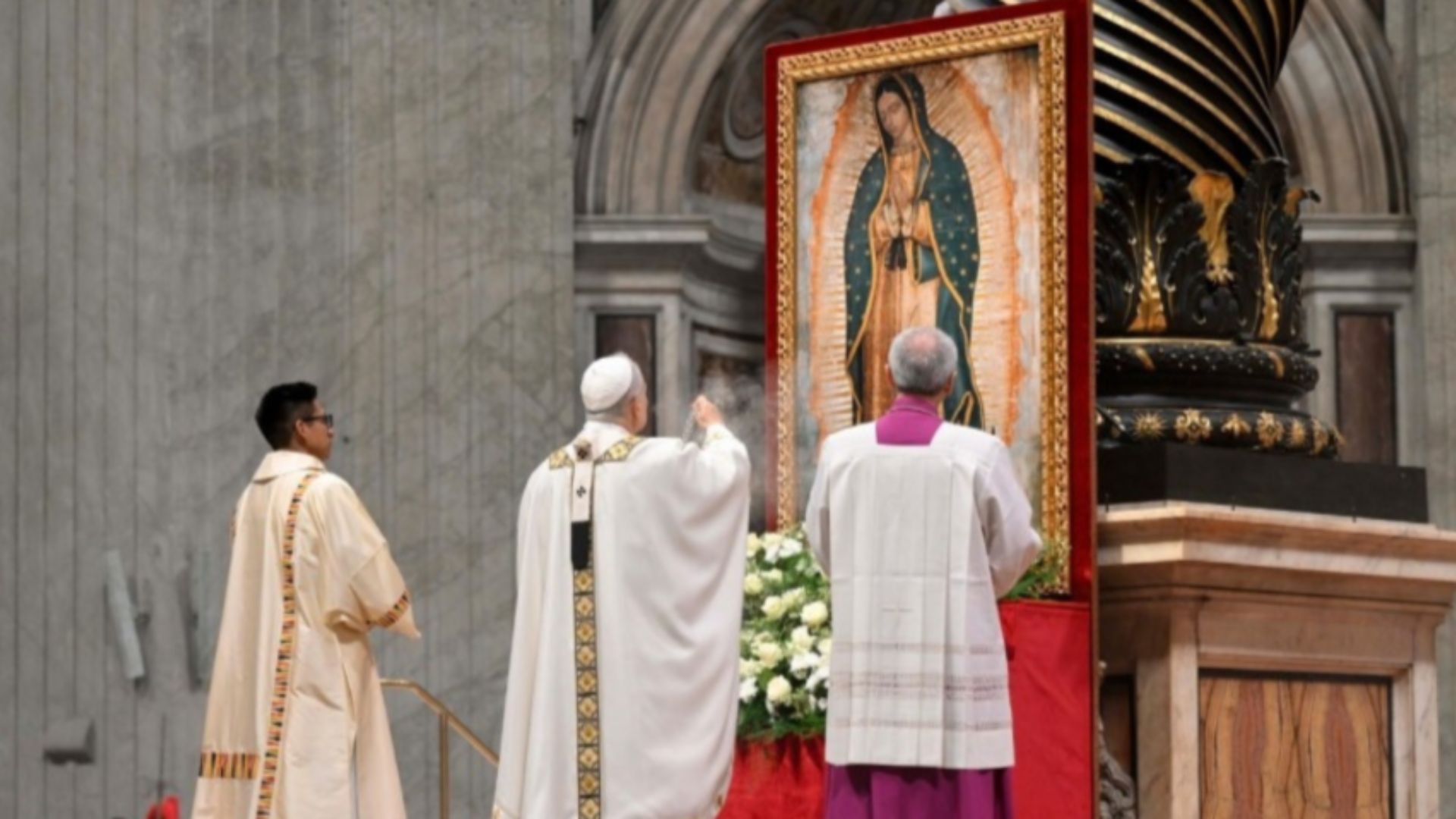It is one of the most current theological discussions. It concerns the figure of the Virgin and seeks to clarify how much of a role she had in the salvation of humanity. This is the so-called debate about “co-redemption.”
AGUSTÍN GIMÉNEZ
Director, Marian Forum of Getafe
It is her necessary collaboration, by God’s will, to save us so that Christ’s redemption may reach humanity.
In the Bible, it is testified that Mary’s actions were necessary for Jesus to carry forward the History of Salvation.
AGUSTÍN GIMÉNEZ
Director, Marian Forum of Getafe
A first moment is the Annunciation, when Mary says “yes” to God’s plan — when she pronounces, “Let it be done to me according to your word,” according to the plan that has been revealed to her.
There were also other moments when her intervention made miracles possible, such as at the Wedding at Cana. Or moments like at the Cross, where her presence was fundamental for Jesus. There was a key moment: there, according to theologians, Christ gives His mother as the mother of all humanity.
The figure of the Virgin had already prompted much reflection among the first Christians. As early as the 2nd century, there were Church Fathers who, without explicitly calling her “co-redemptor,” attributed to her the effects of that title.
Such is the case of St. Irenaeus of Lyon and St. Justin, who approached the question from a particular point of view: they compared her role to that of Eve.
AGUSTÍN GIMÉNEZ
Director, Marian Forum of Getafe
They say that just as Eve collaborated in the ruin of the human race by introducing sin, death, and the slavery of Satan… another human being, with the same characteristics as Eve at the time of sin — that is, Eve was immaculate, virgin, and woman — an antithetical figure to Eve, Mary, also being virgin, also being immaculate, and also being woman, collaborates with the new Adam, who is Christ, in a unique way in that redemption.
Some experts point out that, if the term were elevated to the level of dogma, it would not only create ecumenical divisions but also that the term “co-redemption” might not be precise and could lead to ambiguous interpretations.
Others argue that the expression is correct and does not allow for thinking that Mary’s work equals that of her Son.
AGUSTÍN GIMÉNEZ
Director, Marian Forum of Getafe
Since “co-redemptrix” always refers back to the term “redeemer,” without the “co,” this always implies subordination. Let’s take the example of other titles: “pilot” and “co-pilot.” “Co-pilot” always implies subordination because a “co-pilot” is never related to another “co-pilot,” but to the “pilot,” who has the primary role.
Thus, they argue that at no time is the title intended to give Mary the same level of prominence as Jesus.
AGUSTÍN GIMÉNEZ
Director, Marian Forum of Getafe
Note that it is not said that Mary is salvation. Salvation is Christ. He is the only Savior — He is our salvation — but the cause of salvation, the one who allows and makes it possible for that salvation to take place, for Christ to become Redeemer, is Mary.
To date, the Catholic Church has proclaimed four Marian dogmas throughout the centuries. The most recent is the Assumption, celebrated each August 15.
However, there are Marian movements that have asked Pope Leo to study the possibility of elevating this aspect of Mary to the rank of dogma.
According to members of the Marian Forum, during the pontificate of Pope Francis, the Pope received eight million signatures requesting that this aspect of Mary be declared a dogma.
AM
